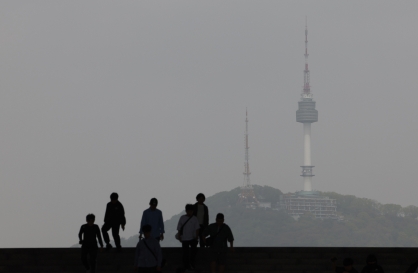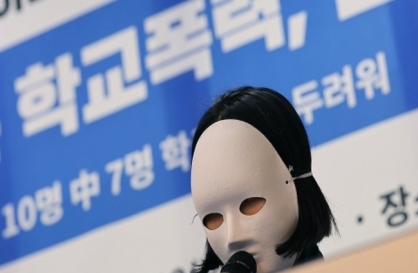The Korea Centers for Disease Control and Prevention confirmed the country’s second case of iatrogenic Creutzfeldt-Jakob disease Thursday.
The first was reported Nov. 29, after the patient had died.
Authorities said that the disease is not ordinarily transmittable and assured that the public was generally safe from contraction.
According to the KCDC, the patient is a 48-year-old man diagnosed with iCJD on Wednesday. He is believed to have contracted the disease after he received a dura mater graft transplant to treat an intracranial hemorrhage in 1988. The tissue graft is suspected of having been contaminated.
The product transplanted into his body was Lyodura made in Germany from tissue extracted from cadavers. It is the same brand that was used with the first patient who died in Korea.
ICJD infection due to a Lyodura transplant was first reported in the U.S. in 1987, followed by similar cases in New Zealand and other countries. In 1997, the World Health Organization advised its members to refrain from using dura mater extracted from cadavers.
From April 1987, the manufacturer has conducted an inactivation process targeting prions known to cause CJD, to remove the possibility of the disease’s prevalence. Still, it is possible that the product was imported before or shortly after inactivation because no international recall order has been imposed, said Park Hye-kyung, a KCDC official.
“Currently, there is no relevant record left regarding the import, stock management and the use of Lyodura at that time. Instead we will track all patients who have received the transplant surgeries. We will also study the cases of people who have been reported with suspected cases of iCJD,” Park said.
There have been about 210 reported cases of iCJD worldwide.
However, she admitted that was not much the government can realisticially do, since the incubation period of the disease is up to 30 years, and after clinical onset, one lives an average of one year.
“Many of them are assumed to be dead,” Park said.
By Bae Ji-sook (baejisook@heraldcorp.com)
The first was reported Nov. 29, after the patient had died.
Authorities said that the disease is not ordinarily transmittable and assured that the public was generally safe from contraction.
According to the KCDC, the patient is a 48-year-old man diagnosed with iCJD on Wednesday. He is believed to have contracted the disease after he received a dura mater graft transplant to treat an intracranial hemorrhage in 1988. The tissue graft is suspected of having been contaminated.
The product transplanted into his body was Lyodura made in Germany from tissue extracted from cadavers. It is the same brand that was used with the first patient who died in Korea.
ICJD infection due to a Lyodura transplant was first reported in the U.S. in 1987, followed by similar cases in New Zealand and other countries. In 1997, the World Health Organization advised its members to refrain from using dura mater extracted from cadavers.
From April 1987, the manufacturer has conducted an inactivation process targeting prions known to cause CJD, to remove the possibility of the disease’s prevalence. Still, it is possible that the product was imported before or shortly after inactivation because no international recall order has been imposed, said Park Hye-kyung, a KCDC official.
“Currently, there is no relevant record left regarding the import, stock management and the use of Lyodura at that time. Instead we will track all patients who have received the transplant surgeries. We will also study the cases of people who have been reported with suspected cases of iCJD,” Park said.
There have been about 210 reported cases of iCJD worldwide.
However, she admitted that was not much the government can realisticially do, since the incubation period of the disease is up to 30 years, and after clinical onset, one lives an average of one year.
“Many of them are assumed to be dead,” Park said.
By Bae Ji-sook (baejisook@heraldcorp.com)
-
Articles by Korea Herald



![[AtoZ Korean Mind] Does your job define who you are? Should it?](http://res.heraldm.com/phpwas/restmb_idxmake.php?idx=644&simg=/content/image/2024/05/06/20240506050099_0.jpg&u=)















